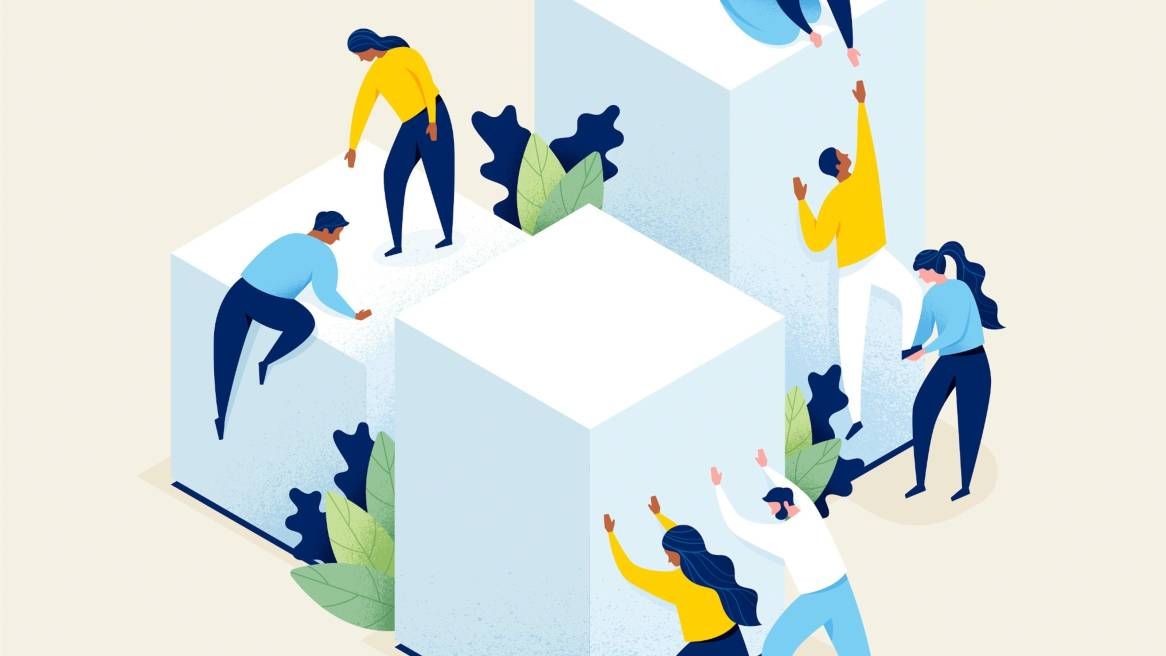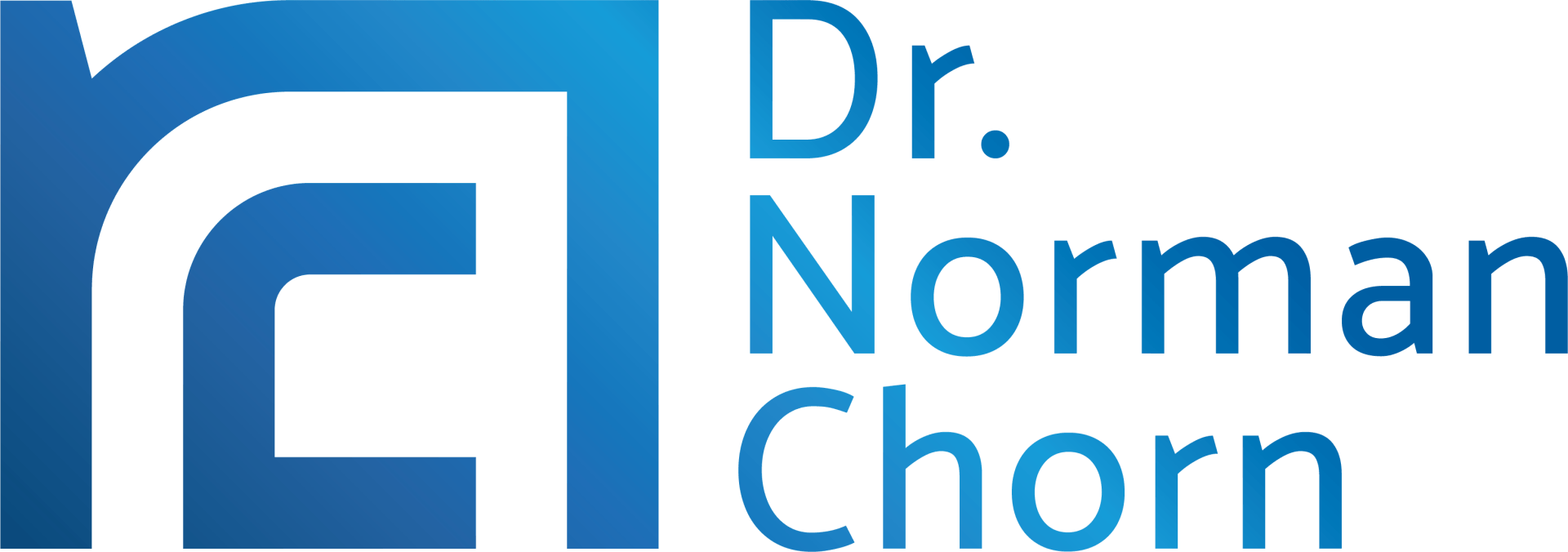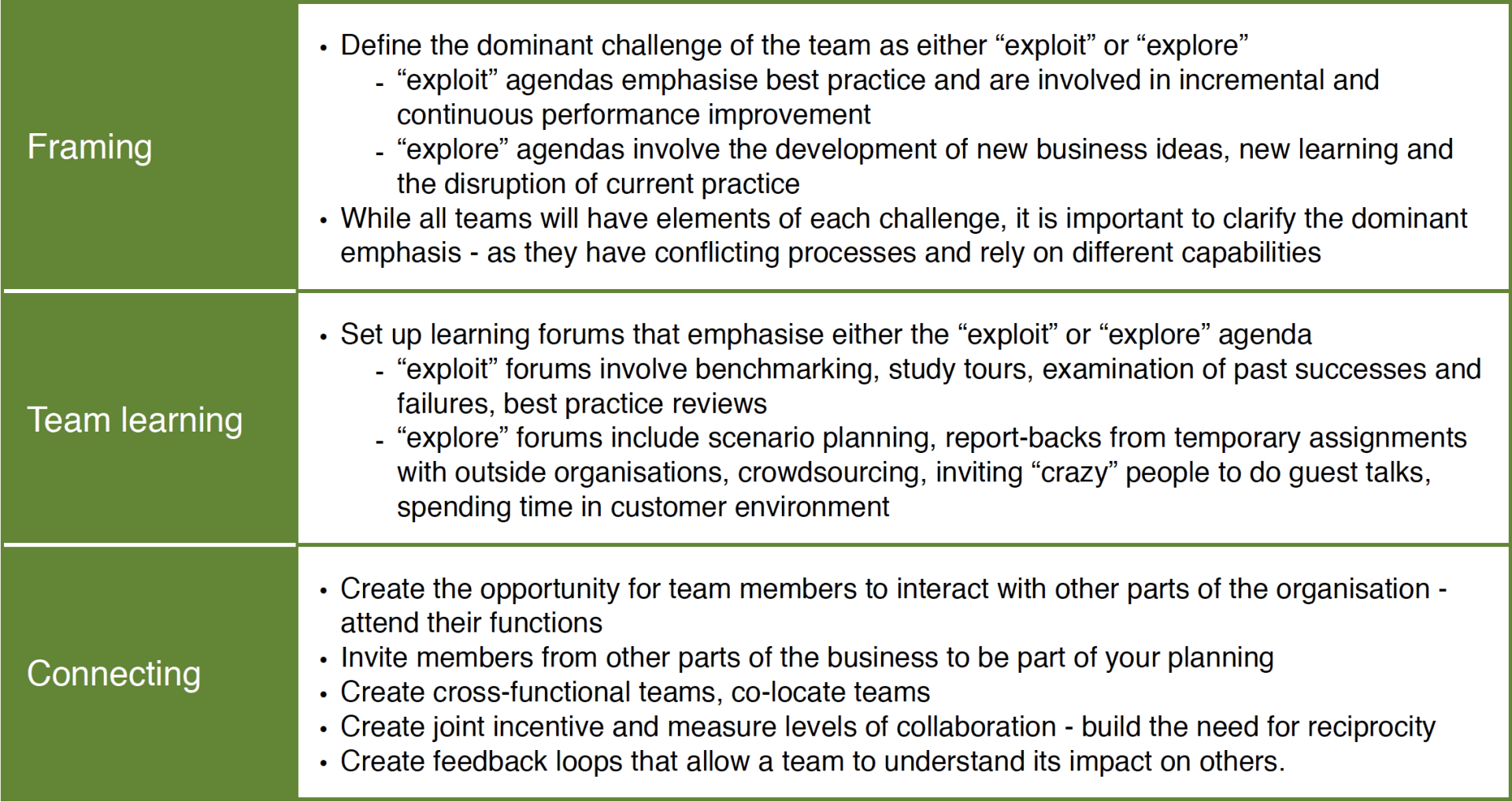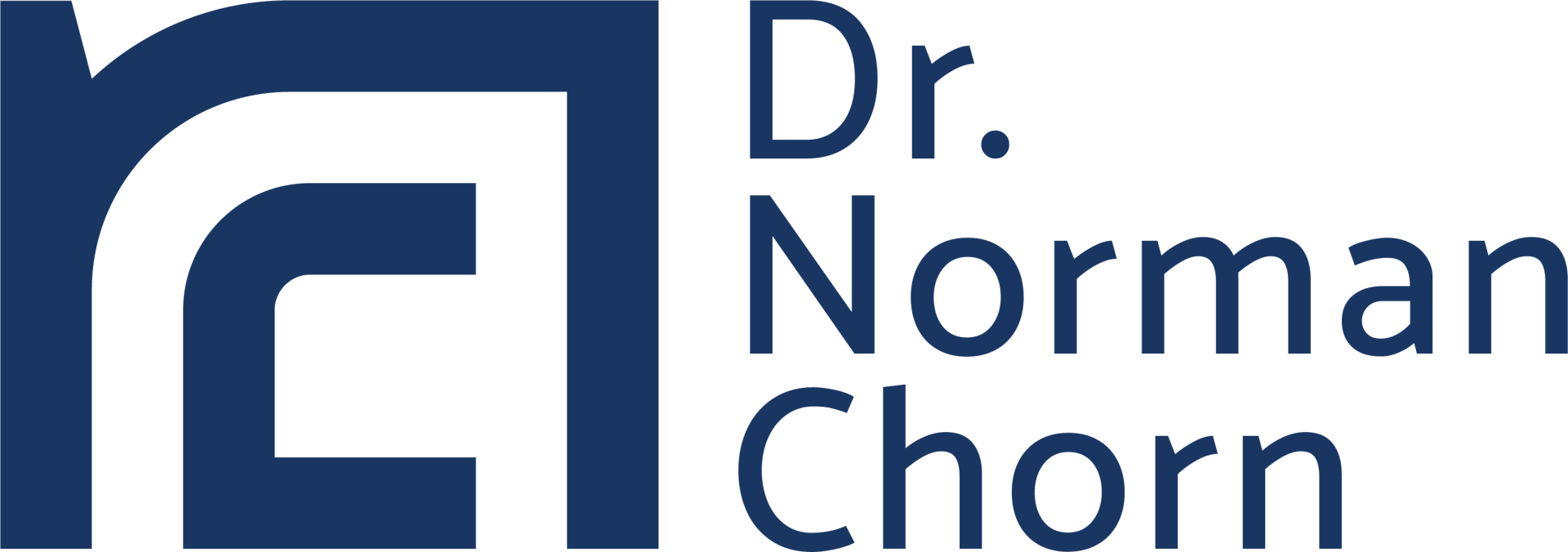You want a beautiful team?
YOU WANT TO BUILD A MINDFUL TEAM?
You’re probably aware that mindful people are more productive and creative, make better decisions, and cope more easily with stressful conditions. And now you want to see these characteristics in your teams at work - right?
Well, that makes a lot of sense - except that we cannot simply train individuals in mindfulness and expect that to result in a mindful team! Mindful individuals do not necessarily make a mindful team. Teams are not merely a group of individuals who work together. Teams are complex systems of processes, structures and patterns of behaviour. So, what is mindfulness and how do we create a mindful team?
WHAT IS MINDFULNESS IN AN ORGANISATION?
Mindfulness is generally understood as being aware, focused and open to experiences in a non-judgemental way. In an organisational setting, it enables individuals to purposefully direct their attention and energy to the things that matter for the organisation. This is obviously a good outcome for an organisation. The neuroscience of mindfulness includes three key processes:
‣ Sense-making: how to see and make sense of the world around us
‣ Neuro-plasticity: how to rewire the brain and create new neural pathways to learn new things
‣ Bio feedback: the connection between the brain and body that allows us to receive information through our whole body - ie all our senses.
When applying these principles to a team, three processes stand out:
‣ Framing: how to define and scope the challenges faced by the team - and how these should be addressed
‣ Team learning: how to facilitate the learning and decision making processes within the team
‣ Connecting: how to connect the team to the rest of the organisation and enable meaningful information exchange.
HOW TO BUILD A MINDFUL TEAM?
The mindful team purposefully directs attention and energy to those things that matter
to the organisation. The factors that enable this are:
Dr Norman Chorn is a strategist and organisation development practitioner with the BrainLink Group. He uses principles of neuroscience to address the challenges of developing strategy in a complex and uncertain environment. His particular areas of focus are strategy in conditions of uncertainty; organisational and cultural alignment; and strategic leadership.
Subscribe to our regular articles, insights and thought leadership







